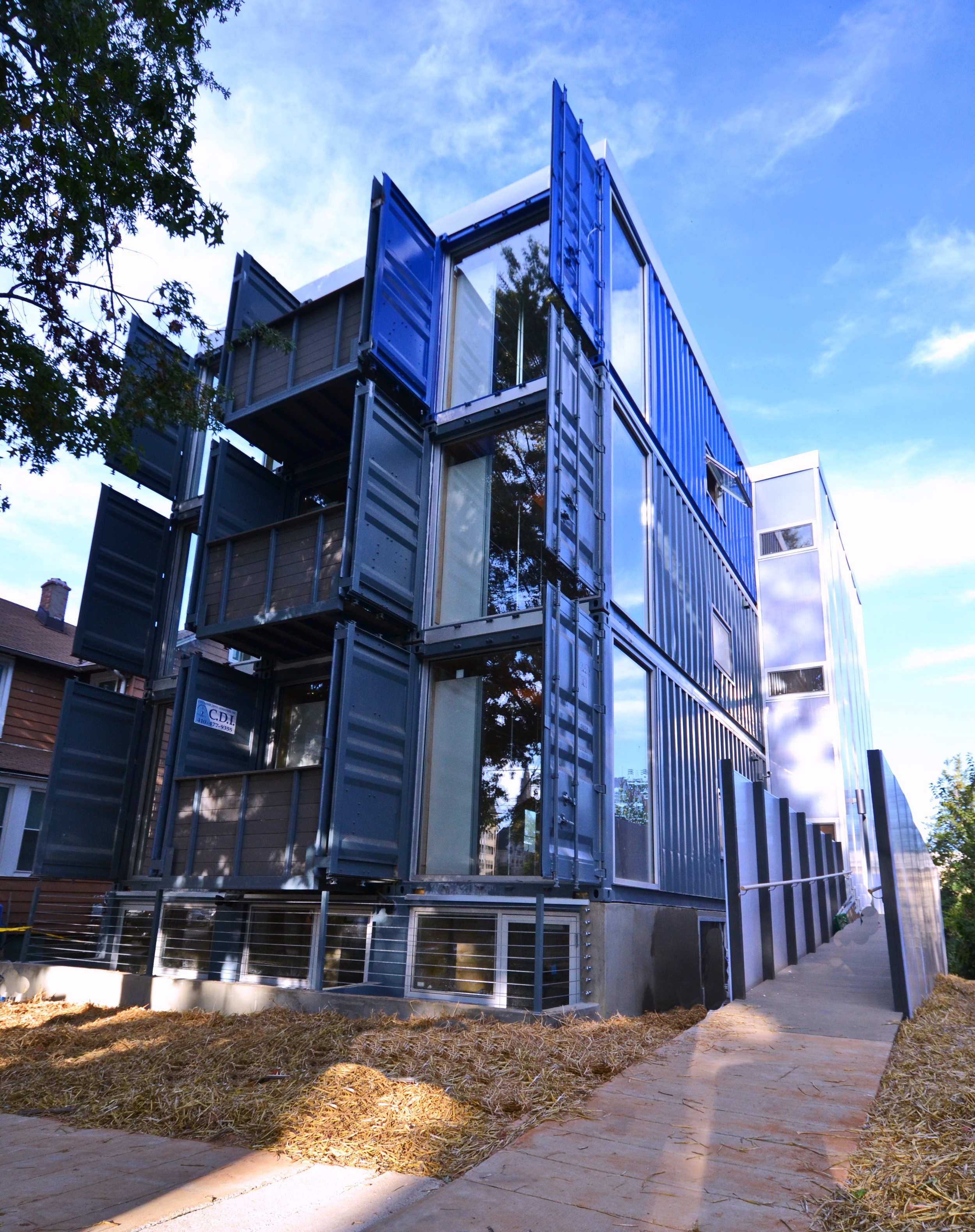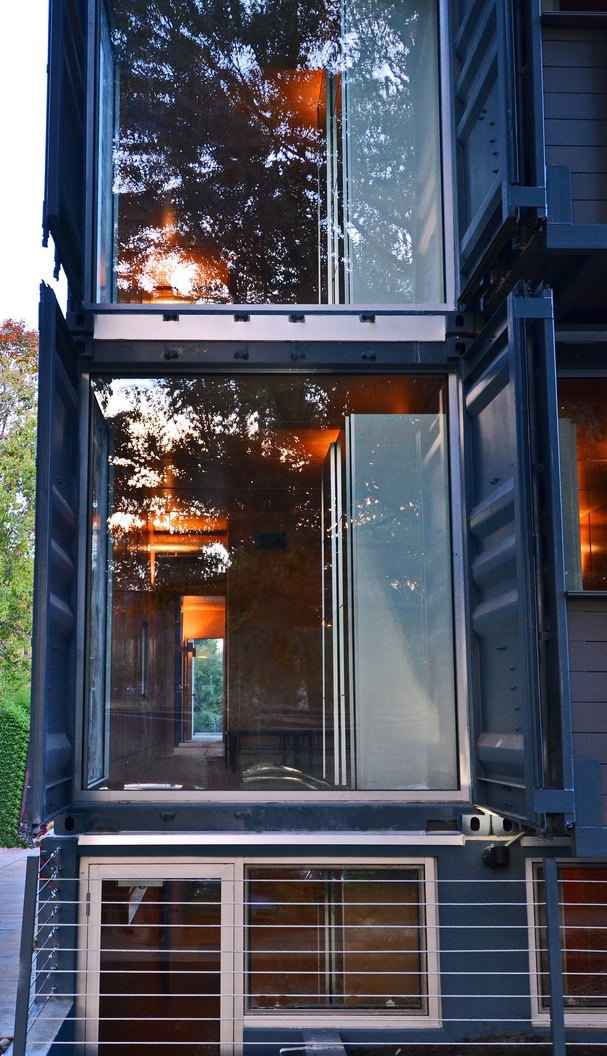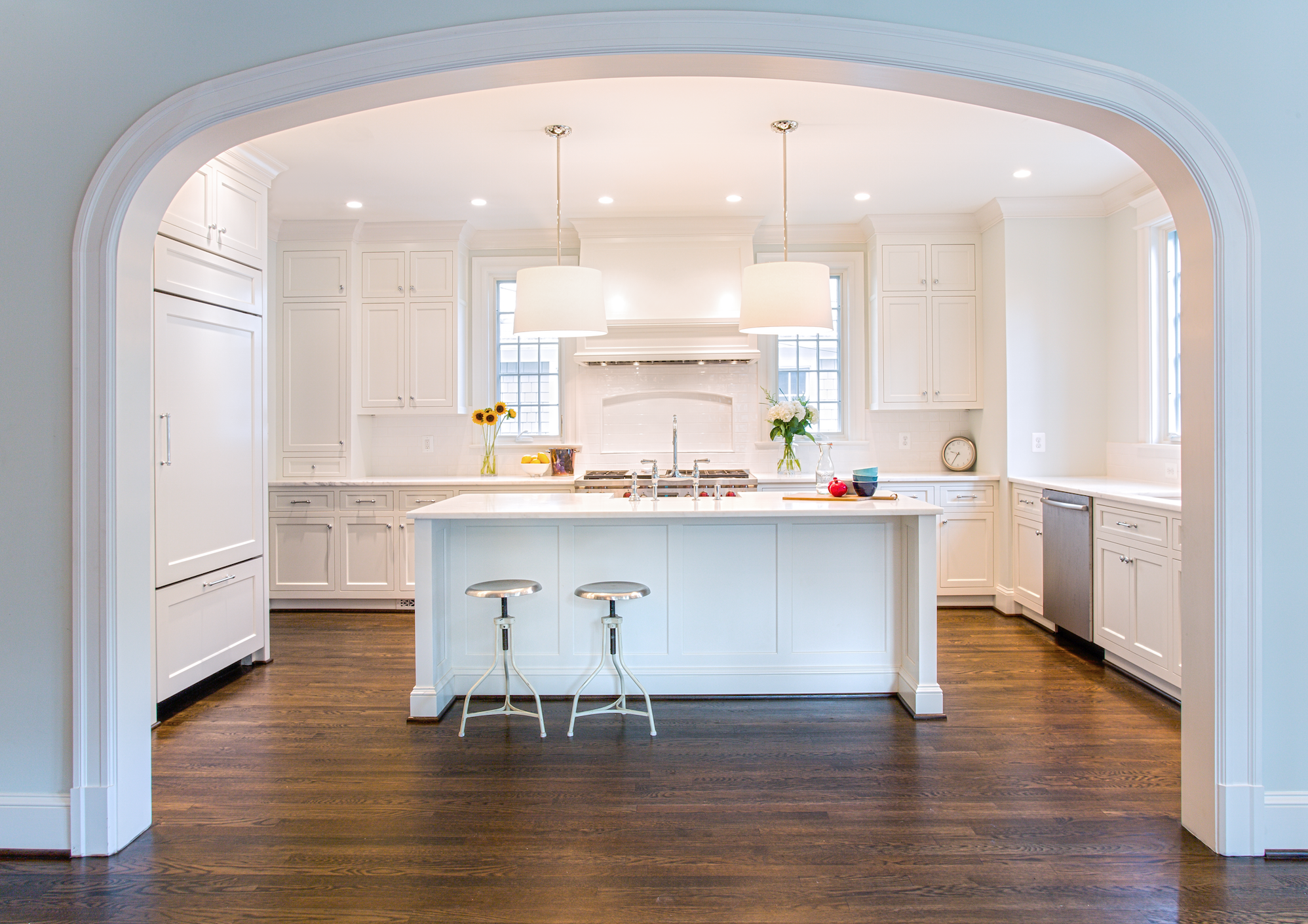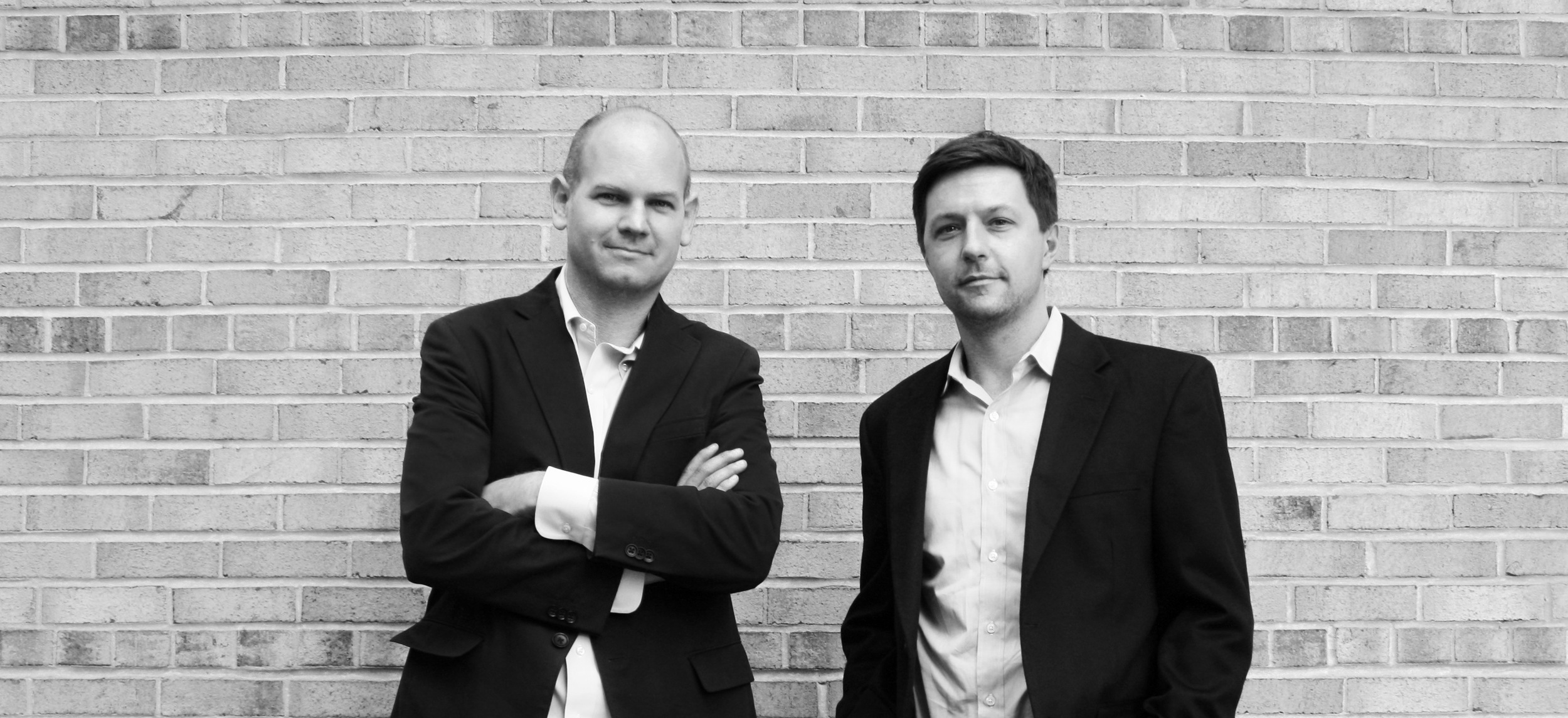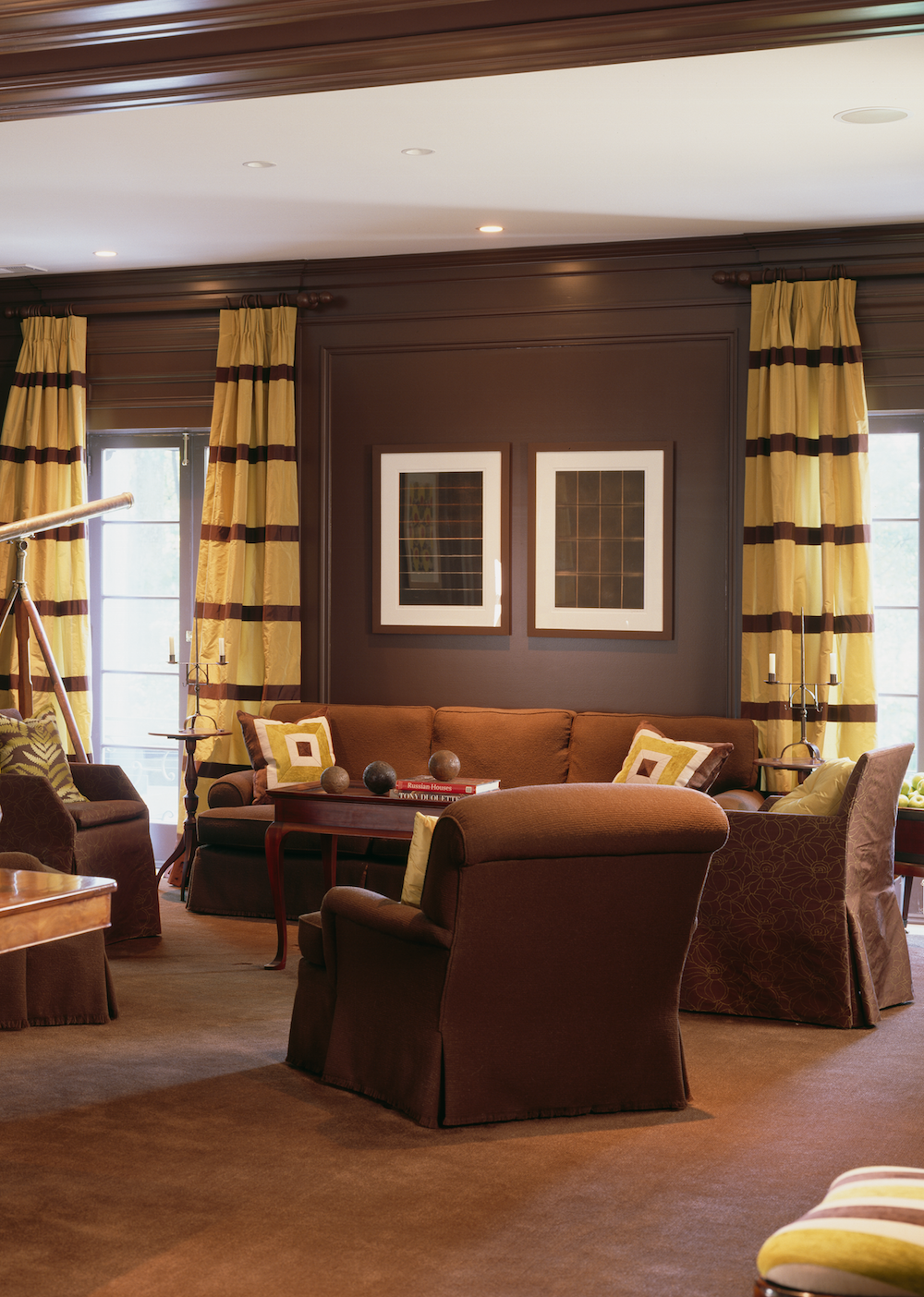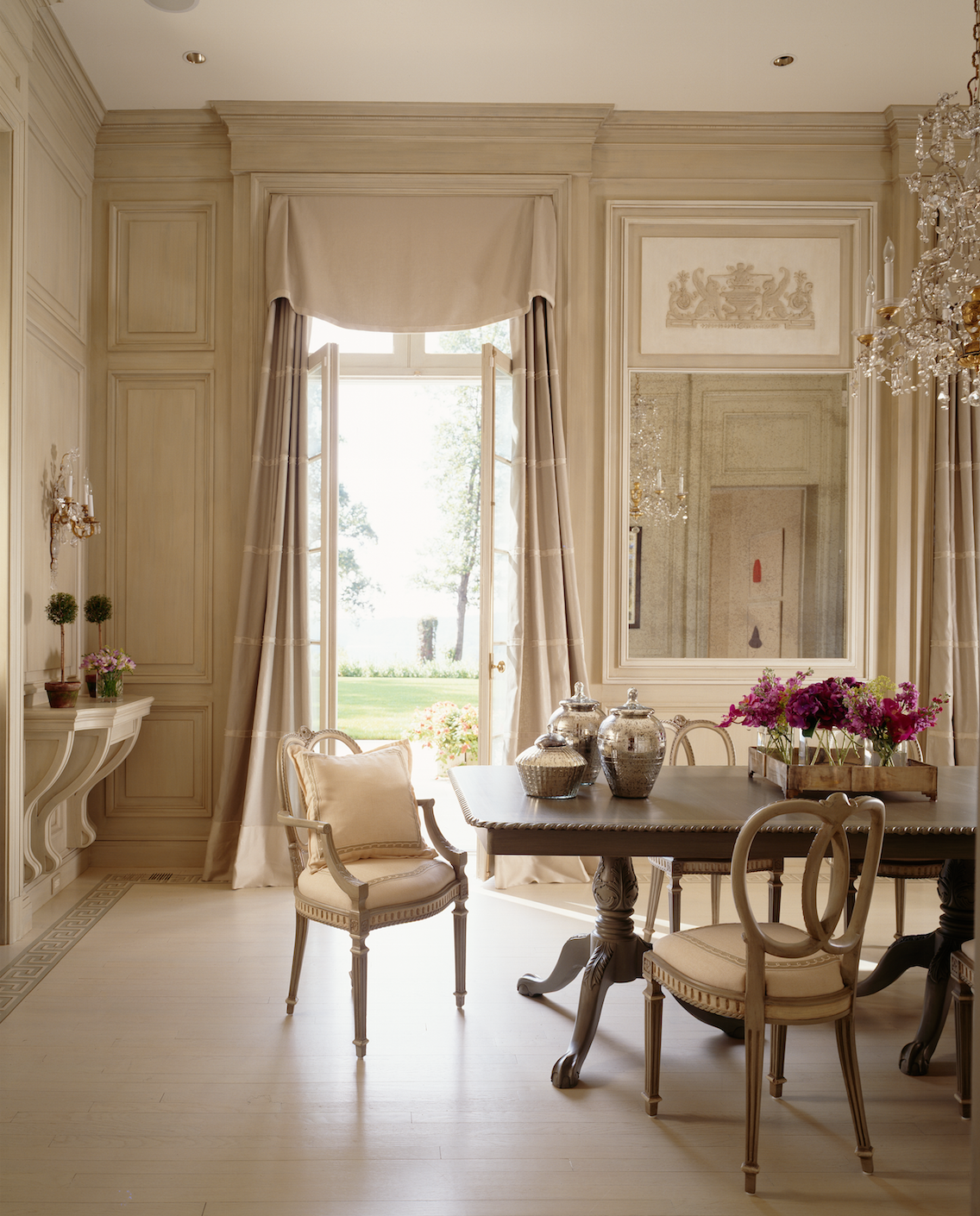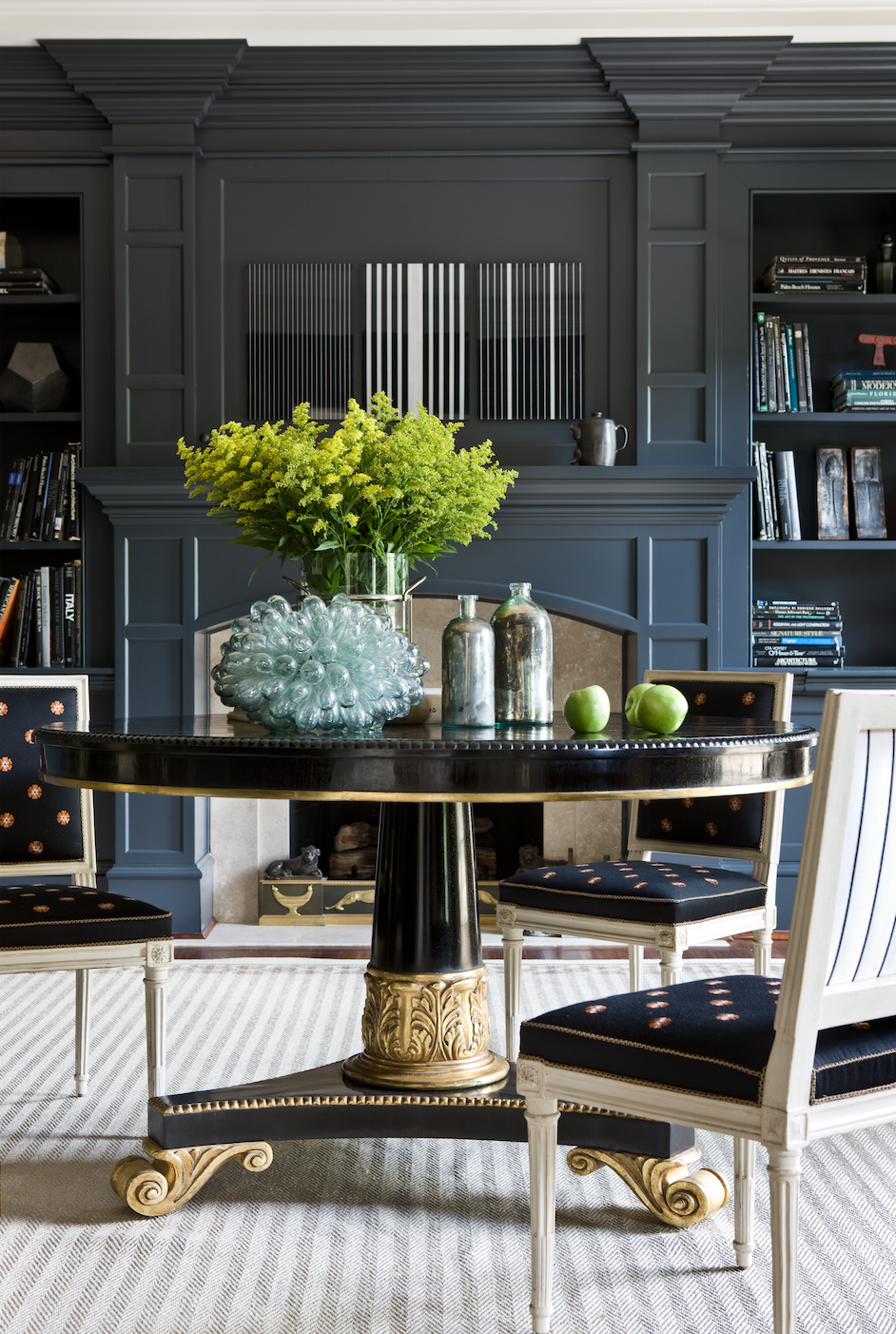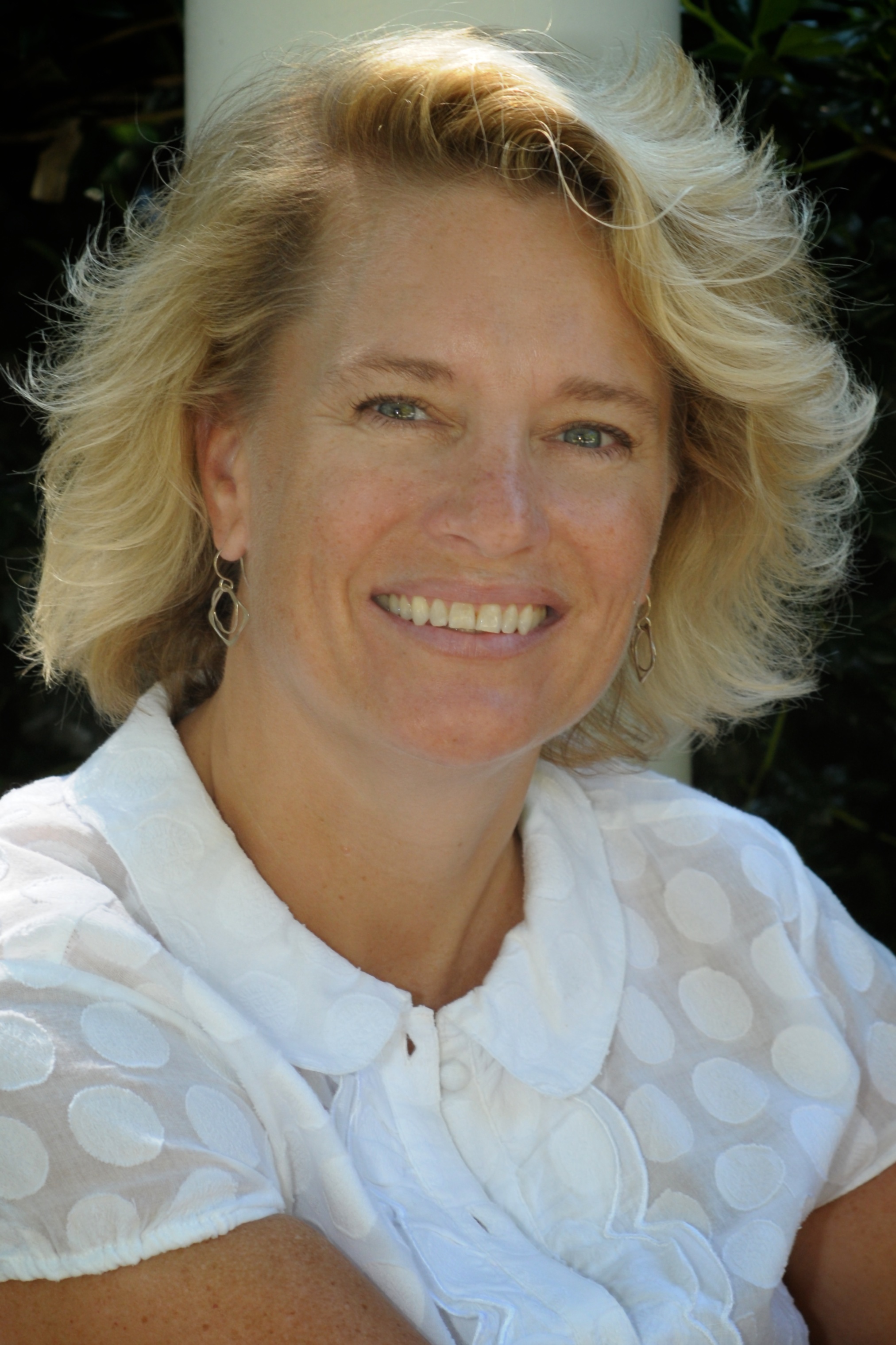How would you describe your overall design aesthetic?
I would describe my style as “traditionally based with a modern lens.” In terms of scope, I look to find and develop a balance between art, architecture and decoration.
I started my practice in Washington, DC in my late 20’s and the work I was doing then was very minimal and spare, what I would describe as more modernist than traditional. However, working in Washington, which is after all the “Federal” city, I realized that the architecture here is often historic, and even those buildings that are recent or currently being built are more often than not inspired by traditional architectural styles. As the years passed, I found that my style became more architecturally traditionally based in terms of details, but remained modern in terms of furniture layouts and overall sparseness from a decorative impact perspective. I tend to incorporate modern art in many of my jobs, as often times my clients are collectors, and I have found that this contrast of modern art with traditional detailing gives a fresh and clean decorative look.
Where do you find inspiration aside from actual furniture and décor?
History. To borrow a line from T. S. Eliot, “that which we know comes from those who came before” (or something close to that). I have a wonderful library of books which I have collected for years and I refer to it often. I have learned from the best by accessing their work through books that share their thoughts and pictures of their work. I tend to be inspired by those in history who have taken a full and complete look at design and its elements, from Thomas Jefferson to Frank Lloyd Wright. It is the completeness of the work, as much as their individual talent, that makes their houses and buildings so memorable.
What qualities do you think make a room really stand out?
For me it is a remarkably difficult balance between completeness and iconic thinking. A room should be rich in idea, balanced in application, and furnish the inhabitants with sufficient amusement or interest via view to an outside space or focus on an interior object or art work. I spend a good part of my day looking at things, there is no formula for this, but “memorable” is a quality that I ascribe to few rooms or places, and it is achieving this quality of specialness that for me makes a room stand out.
How do you create a holiday ambiance in your home or in your client’s homes?
Growing up in Charlottesville, Virginia, we used to spend weeks decorating for Christmas. I think that in today’s world few of us have that kind of time to allocate to holiday decorating. I have a townhouse and only two smallish trees. I put white lights in the trees as many on my block do, which adds a festive look to the neighborhood. The nice thing about tree lights is that they don’t look stale after the first of January.— people tend to keep them up all winter. The same cannot be said of an electrified Santa on the roof. A wreath is also an easy, highly decorative element that doesn’t need to come down quite so quickly.
On the interior, I think holiday flower arrangements are lovely. I have never limited my person palette to green and red or blue. The holidays are, in my opinion, a time of sharing and celebration of friends and family that should not be governed by a predetermined color scheme.
Over the years I have collected and made many ornaments which at one time I would put on a giant tree. I now make smaller arrangements for tabletop use and interior wreaths to display my collection of ornaments. I also like to just have a bowl of ornaments, like a bowl of fruit. In book shelves, I place ornaments and holly. Often I will add some holly to a chandelier, but only if the design is appropriate. People often stack books on tables and I have found interesting papers and made sort of architectural assemblies of decorated boxes to convey the season. The most important part of holiday decorating is to make it personal and not to overwhelm the space. Christmas should be in your heart and in your mind, it is a time of sharing. Be generous, with your friends and family and those who are less well off.
What are some quick fixes that can transform a home for the holiday season?
I like to take everything that is not necessary in a room out, and then bring back only the things that you really need or really like one by one. Stop bringing things back in when you reach the “enough is enough” point. Reorganizing is a great mood lifter and always freshens a room, and Christmas is a great time of year to make a charitable contribution. Try rearranging your furniture, try one piece less or one piece more, and see if you feel more comfortable. Clean your space thoroughly and make sure that the baseboards and chair rails are done. Get an air cleaner (not an air freshening candle) and really make your house or apartment smell clean! Make or get a new flower arrangement each week of the holiday season and place it where you and your guests will enjoy it. In a powder room or bathroom, get new towels if you can, and buy some candles to light up for holiday parties. Get some mint and thyme and other herbs and let those herbs infuse the scent of your home. If time and budget allow, re-paint a prominent area of your house. There is no decorating tool which can so quickly change the look and feel of a room.
When it comes to the holidays, would you describe yourself as traditional?
I like to remember the wonderful times I have had with my family and friends and I always want to honor the traditions of my community and friends. I always look to the future and plan for the best, and I recommend carrying the spirit of Christmas with one all year round and celebrating life every day!




